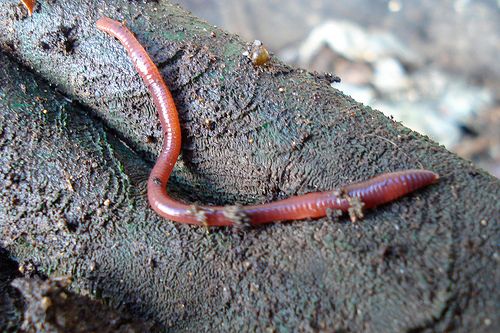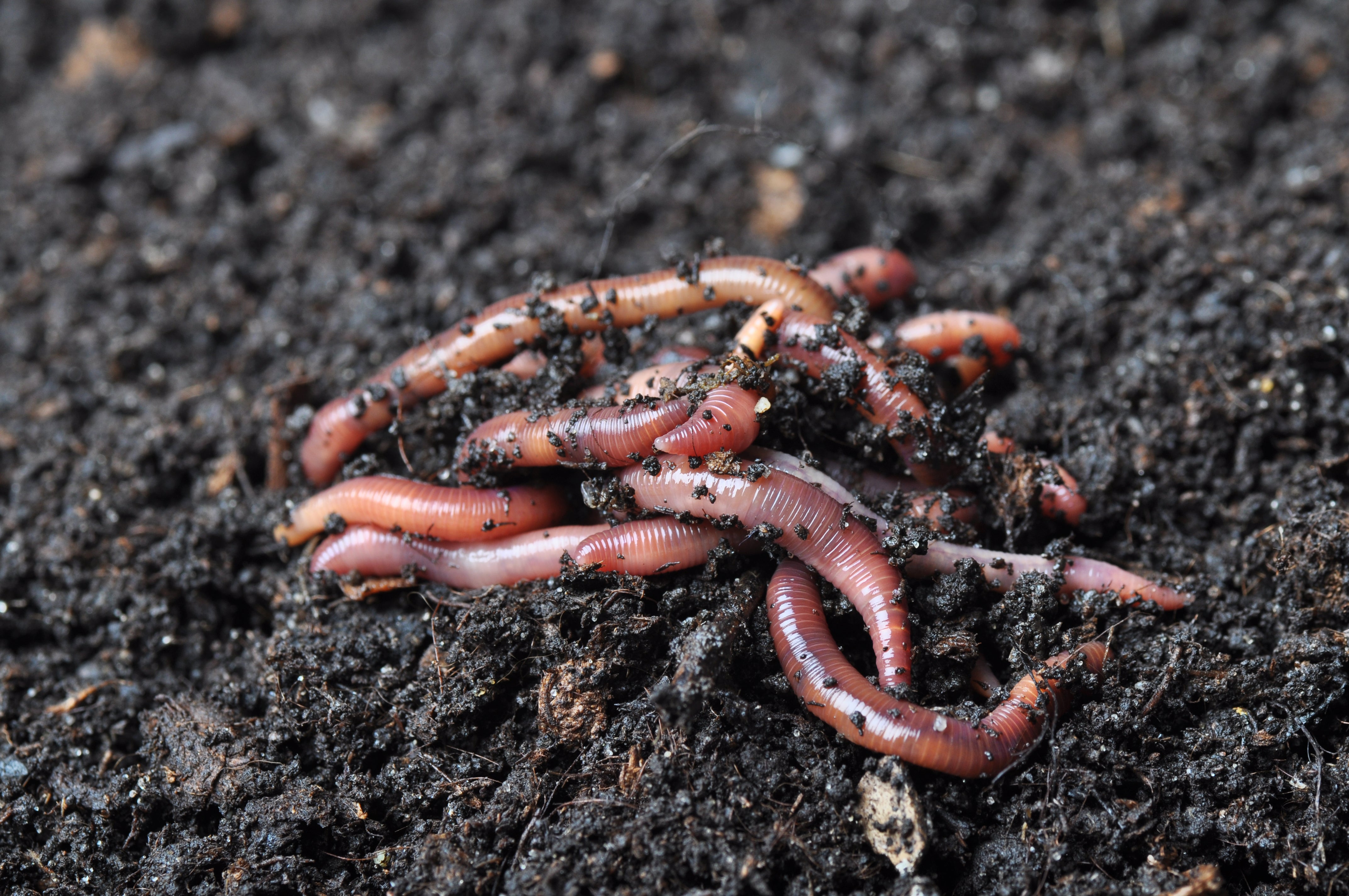Unlock the Tricks of Red Wigglers: Your Guide to Composting Success
The combination of red wigglers right into composting practices offers a substantial possibility for enhancing dirt health and wellness and promoting sustainability. Comprehending their demands and behaviors is important for enhancing their potential, from setting up a proper worm bin to feeding them the ideal materials.

What Are Red Wigglers?
Belonging To The United States And copyright, they are often discovered in decomposing leaves and compost stacks, where they play an essential duty in nutrient recycling. Their adaptation to living in a moist, cardiovascular environment allows them to take in huge amounts of organic waste, breaking it down into nutrient-rich castings that enhance soil health.
Red wigglers reproduce swiftly, with a solitary worm qualified of creating a number of cocoons weekly, each having several hatchlings. This rapid reproduction price adds to their efficiency in composting operations. They prefer temperatures between 60 ° F and 80 ° F, and their activity level enhances dramatically within this range, more helping in the decay process. Understanding the biology and habits of red wigglers is necessary for optimizing their potential in composting applications.
Advantages of Utilizing Red Wigglers
Using the power of red wigglers in composting provides countless benefits that improve soil wellness and advertise lasting waste administration. These impressive organisms efficiently damage down raw material, transforming cooking area scraps and backyard waste into nutrient-rich vermicompost. This completed product is extremely beneficial for plant growth, as it boosts soil structure, enhances dampness retention, and boosts nutrition schedule.

Establishing Your Worm Container
Producing an effective worm container is an uncomplicated process that can significantly boost your composting efforts. Worm containers can be made from plastic storage space bins, wood boxes, or readily offered worm bins.
Following, prepare the bed linens material, which serves as the worms' habitat. A mix of shredded paper, cardboard, and coconut coir functions well, supplying a comfy setting for the worms. Go for a bed linens depth of about 4-6 inches. Dampen the bed linens gently, guaranteeing it looks like a damp sponge without excess water merging near the bottom.

Feeding Your Red Wigglers
To make certain the health and productivity of your red wigglers, it is vital to offer them with a balanced diet plan that fulfills their nutritional requirements. Red wigglers flourish on a diverse range of natural materials, which not only supply necessary nutrients but likewise advertise reliable composting.
Begin by incorporating kitchen scraps such as veggie peels, fruit cores, and coffee premises. Avoid citrus fruits, onions, and garlic, as these can be damaging to worm wellness. In addition, present shredded paper, cardboard, and dry fallen leaves to create a well-aerated environment.
Feeding frequency ought to be checked; normally, worms can consume half their body weight in food weekly. It is critical to stay clear of overfeeding, as excess food can bring about undesirable smells and draw in parasites. An excellent method is to add food in tiny quantities, allowing worms to process it prior to introducing more.
Keeping wetness levels is likewise important; the bed linen ought to be moist however not soggy. Be certain to regularly check the temperature and pH levels of the container to make sure an ideal environment for your red wigglers, ultimately enhancing their composting efficiency.
Harvesting and Using Compost
A successful composting process with red wigglers finishes in the rich, dark garden compost called vermicompost, which can significantly improve soil wellness and plant development. Gathering this nutrient-dense material generally occurs every three to 6 months, depending on the size of your system and the quantity of organic matter being processed.
To collect, carefully separate the garden compost from the worms and any undecomposed materials. One effective approach involves relocating the materials of the container away and adding fresh bed linens and food to the void, company website urging the worms to move. After a couple of days, the compost can be collected from the opposite side.
It is important to use vermicompost appropriately to maximize its benefits. By incorporating vermicompost into your gardening program, you not just recycle organic waste however likewise produce a flourishing community that supports lasting horticulture methods.
Conclusion
In summary, red wigglers function as remarkable allies in composting efforts, changing organic waste right into nutrient-rich vermicompost (Red Wiggler Express). Their one-of-a-kind organic features and efficient waste processing capacities contribute dramatically to sustainable horticulture practices. By comprehending the optimum problems for their environment, feeding needs, and garden compost harvesting methods, gardeners can boost soil health and wellness and advertise plant vigor. Welcoming vermicomposting not only reduces landfill waste however additionally fosters an extra ecologically liable approach to horticulture and source monitoring.
Comments on “Red Wiggler Express: Premium Bait for a Successful Fishing Day”